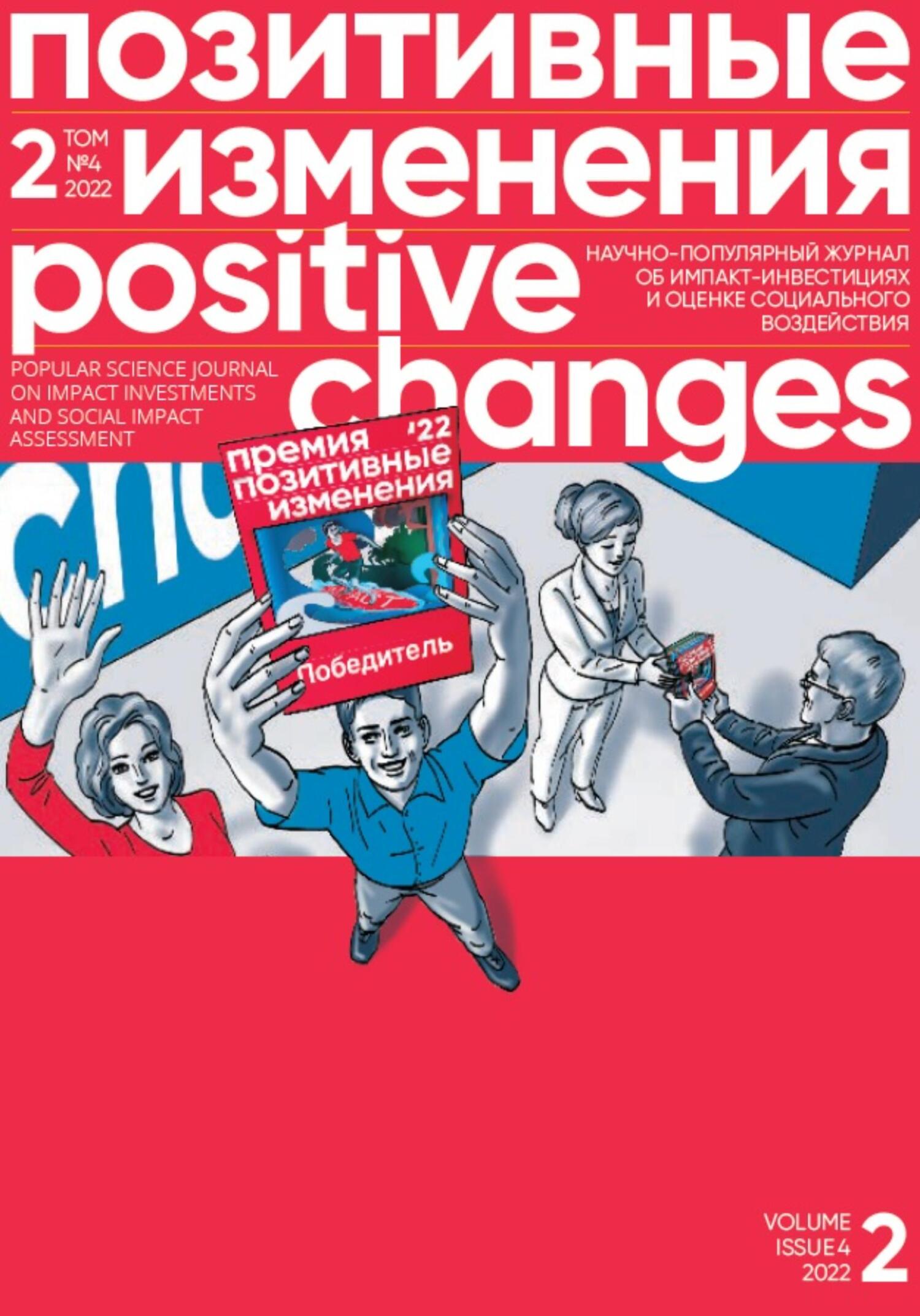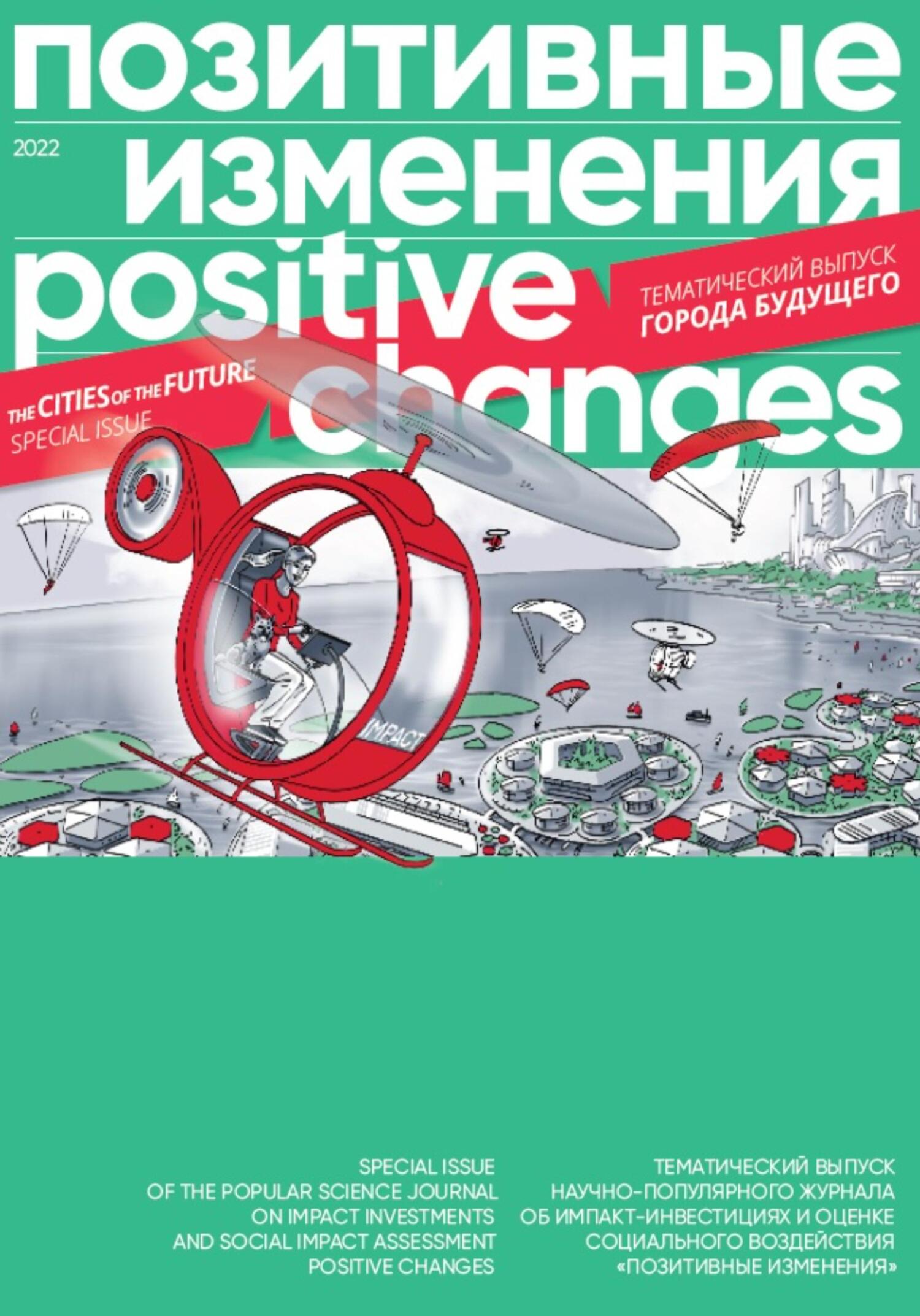ее. Но с нашей стороны, со стороны руководства, была проделана большая разъяснительная работа: что, зачем, почему мы внедряем и как это отразится на каждом сотруднике. Все изменения внедряли постепенно, давая привыкнуть к новому формату работы.
Конечно, добавилось больше методологической нагрузки на каждого сотрудника, появилось больше сопроводительных документов, объем документальной и отчетной работы возрос.
Но коллеги быстро сами убедились, насколько это важно и полезно, потому что результат их работы стал осязаем и понятен всем. Регулярно собираемые метрики и конкретные инструменты, на которых строится работа — это огромное подспорье для каждого специалиста.
Сейчас четыре наши практики внесены в реестр доказательных практик: профилактика социального сиротства [83], восстановление кровных связей воспитанников сиротских учреждений [84], направление образования [85], направление профориентации [86]. В планах — оформить все практики должным образом, чтобы эксперты могли оценить и верифицировать их.
Evidence-Based Practices in Social Orphanhood. Our Children Foundation's Experience
Natalia Petrova
DOI 10.55140/2782–5817–2023–3–3–41–48
Our Children Foundation has been working with orphanage residents and graduates since 2006. Since 2018, it has been focusing on preventing social orphanhood by assisting families at risk of child removal, thereby preventing children from being taken into orphanages in the first place. In this article, Natalia Petrova, the foundation's director, talks about the importance of the social impact of their activities, the concept of evidence-based practices in the social sphere, and the significance of professionalizing the sector.
Natalia Petrova
Director, Our Children Foundation
WHAT IS EVIDENCE-BASED APPROACH IN SOCIAL CARE?
First and foremost, it is essential to define the key concepts. Evidence-based approach to measuring social impact involves a well-defined technology that outlines the objectives, step-by-step actions, a comprehensive set of specific activities, and performance metrics.
It is crucial to understand that social projects are inherently long-term endeavors, although interim assessments are definitely required, to make sure the project is on the right track.
Hence, evidence-based practices primarily focus on sustainable, long-term changes within the system. This principle applies to working with individual beneficiaries as much as to addressing large-scale systems, such as healthcare, child protection, etc.
Another important aspect of evidence-based approach is its sustained effect, performance. It is not sufficient to measure short-term effectiveness; it is just as crucial to make sure that the goals of the interventions prioritize long-term sustainability.
In the developed societies, the entire social sector has long embraced evidence-based approach. The effectiveness of any social initiatives must be measured, quantified, and substantiated.
Approaches to working in the social sphere, particularly with orphans and families in crisis, vary across different countries. Some nations have accumulated substantial experience, while others are just embarking on the journey of establishing a functional child protection system.
Countries with developed philanthropy boast numerous longitudinal research studies that serve as valuable resources since they are not region-specific. These studies encompass a wide range of topics, such as orphan psychology, [87] trauma, [88] specifics of parenting, [89] the significance of a caring adult figure, [90] and more.
Few such studies exist in Russia so far, if only because the 20-year period in which charity has been developing in this country is relatively short. However, efforts are underway to bridge this gap and expand research in this direction.
NONPROFITS AS CATALYSTS OF SOCIAL INNOVATION
The government’s call to the third sector is still taking shape, but in many countries, non-profit organizations are already at the forefront of creating, refining, and piloting technologies, demonstrating their effectiveness, to be eventually adopted by the government.
The partnership between the government and non-profit sector can take different forms:
1. Nonprofits as the “hands” of the state: the government sets up the legislative framework, while the non-profit organizations act as contractors doing the “fieldwork.”
2. The government adopts methodologies from nonprofits and implements them independently, expanding its own professional teams. Although this model can be expensive initially, it can yield substantial returns over a 10–15-year period.
3. The government may choose to establish parallel structures.
From our perspective, the first model appears to be the most effective one, as the primary distinction between the nonprofits and the government is in the focus of their activities: the former choose to focus on the values of an individual, shaping their efforts around this principle. The state, on the other hand, operates on different premises and cannot afford a customized approach to every individual within, say, the category of underprivileged citizens.
In any case, whatever model is chosen, it implies collaboration between the government and the non-profit sector. This is the trend we are starting to witness in Russia, as the government and the nonprofits choose to partner both at the federal and the regional level.
While systemic charity in Russia is still no more than 25 years old, we are making significant strides to catch up with our foreign counterparts. At its dawn in the 90s, charity was more of an ad-hoc activity, often driven by personal emotions and frequently leading to mistakes. Over the past 10–15 years, we as a sector have gained substantial experience and taken inspiration from foreign practices and scientific studies, despite effectively starting from scratch.
Mature philanthropy has long pushed emotions into the back row, if not even further. Professionalism, evidence, and efficiency are coming to the forefront. Most of the foundations that have been around for more than 15 years started as volunteer operations, eventually evolving into systemic projects, which transform the areas they work in. This trajectory aligns with the establishment of evidence-based philanthropy across all countries, and today we are halfway through that journey. What we refer to as “evidence-based practices” in today’s Russia is essentially practical experience that has been systematically documented and formalized since the late 90s.
Evidence-based practice registries started appearing about five years ago, originally driven by a few dedicated enthusiasts within the non-profit sector, seeking to evaluate the effectiveness of their work. The Timchenko Foundation was the first to create such







